What a wonder it is that some artists can create powerful works across a variety of media. In 2010, when noted rocker Patti Smith was honored with a National Book Award for Just Kids—the story of her long, complicated, and beautiful relationship with photographer Robert Mapplethorpe—many marveled at how she was able to convey so much in so many ways: via songs, poems, and books. Again last year, acclaimed photographer Sally Mann’s memoir, Hold Still, showcased the magnificent writing of someone who is mostly known for her visual art.
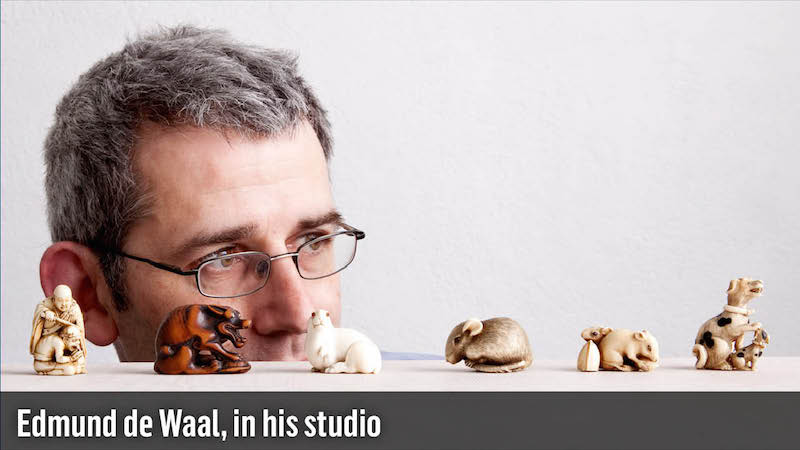
As readers, listeners, and art viewers, these creative offerings in different media can provide us with deep insights into an artist’s inspirations, techniques, and aspirations, adding texture and flavor to all bodies of their work. So it is with British author and ceramist Edmund de Waal, whose books illuminate his studio art practice and vice versa, making for a joyful, if rambling, journey down the rabbit hole of his wide-ranging artistic fascinations. Now is an apt time to consider de Waal’s oeuvre, as the august Gagosian Gallery in Beverly Hills is currently featuring his new ceramics.
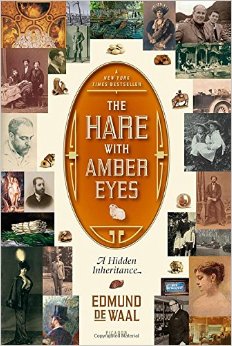
Perhaps you recognize de Waal’s name from his 2010 family memoir, The Hare with the Amber Eyes, a popular book club book which brilliantly chronicles the Ephrussis, Jewish scions of the European banking world who lost the majority of their fortune and impressive art collection during World War II. When the Nazis confiscated the family’s holdings in 1938, a brave and loyal maid from their Viennese mansion secreted away the Ephrussis’ wonderful collection of 264 Japanese netsuke (belt ornaments). De Waal, who eventually inherited the collection, traces its path from Japan to Europe and back to Japan and Europe again, in the process detailing parts of his own artistic journey as well as five generations of his family’s interesting history.
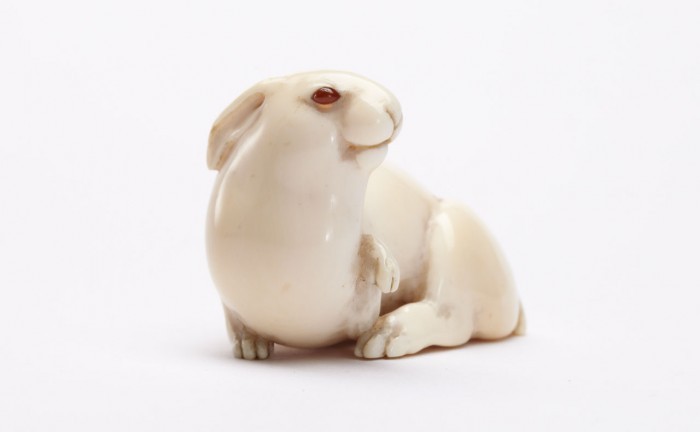
Here is a link to Edmund’s own website, where you can see his collection and other historical details about his family’s unusual heritage.
NETSUKE:
Netsuke are intriguing little objects: miniature Japanese sculptures, often of animals or people, that started as functional gear. Since traditional Japanese kimono have no pockets, men carried personal items in small hanging containers suspended from the obi, or belt, with a cord. Netsuke would be tied to the opposite end of the cord to counterbalance the containers and keep them from slipping away.
They are bewitching, worthy of obsession. If you are interesting in seeing netsuke here in Southern California, LACMA is the home of the 887-strong Raymond and Frances Bushell Netsuke Gallery, where at any given time 150 netsuke from the collection are on display. Examples include works from the earliest period of netsuke production through the mid-20th century. It’s a sight to see so many pristine objects in one room, a true treat for kids and adults to behold.
Another local venue to enjoy netsuke is the USC Pacific Asia Museum in Pasadena, which just rotated into their permanent collection gallery three netsuke depicting monkeys, in honor of the new Year of the Monkey. These 19th-century netsuke are made from ivory, which was favored by wearers for its rarity, durability, and exoticism, and by carvers since the material allowed them to execute very fine details, as in these three examples.
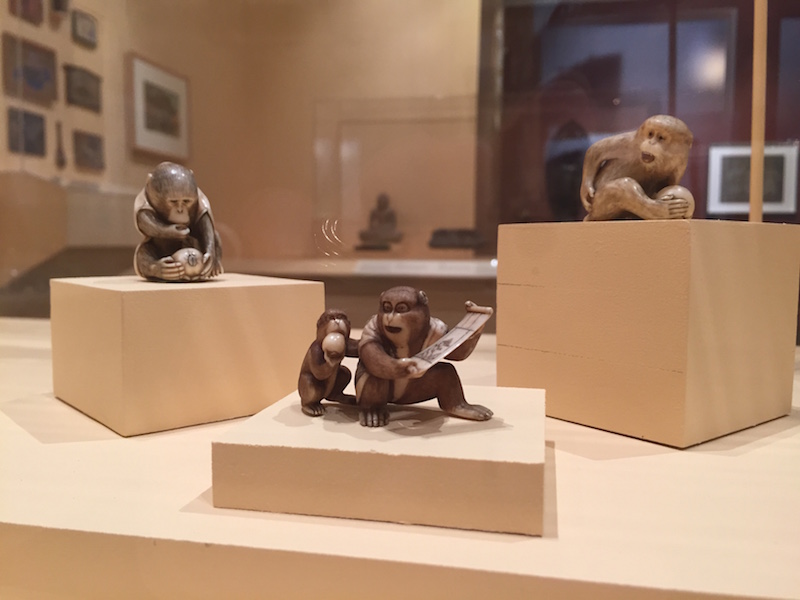
Over time netsuke developed into an art form of their own, and by the 18th century they became ornate and expressive works, often carved in wood, horn, or ivory. In the mid-19th century, when Japan ended a period of nearly 250 years of self-imposed isolation, growing influences from abroad—including tourism—brought modernization to Japan that ultimately led to netsuke becoming less functional and purely decorative collectibles.
Broadly speaking, de Waal is a lover of objects, deeply interested in how “things” hold memory and history. How fitting that his artistic medium of choice is ceramics. It is a material that is both fragile and strong, and often all that remains of past civilizations (albeit sometimes in the form of shards). De Waal’s most recent creative endeavors focus on his obsession with porcelain, in particular.
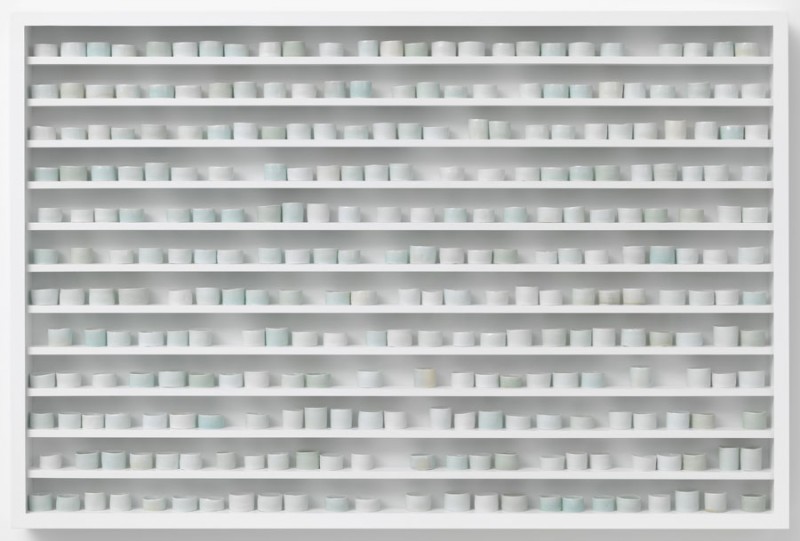
Now through February 18 the Gagosian Gallery is featuring “Ten Thousand Things,” a selection of black and white porcelain vessels made by the artist that he envisions as a series of conversations about how people engage with his work in architectural spaces. At the heart of this exhibition is a series of responses to the Schindler House on Kings Road, the revolutionary residence from 1922 by the Viennese émigré architect Rudolph Schindler that Family Savvy profiled last year.
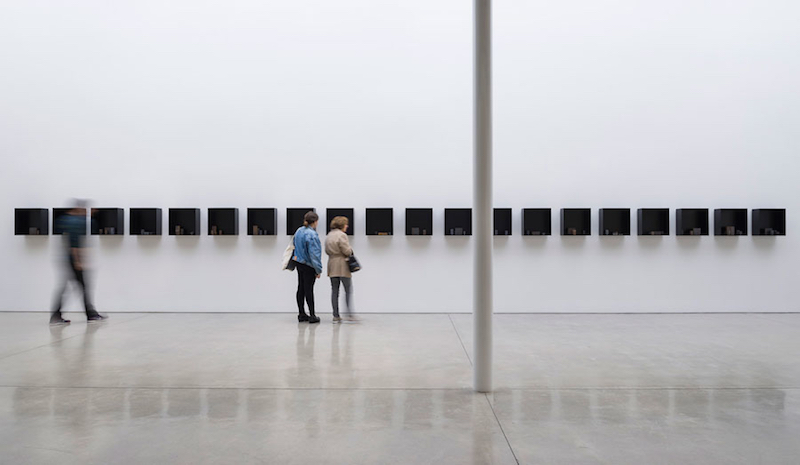
As you enter the cavernous, pristine gallery you encounter groupings of small porcelain vessels—some on shelves and others on pedestals. White objects are artfully and sparingly arranged on white shelves, and black objects appear similarly on black shelves. Indeed, the empty space on the shelves is as important as the occupied space, in the same way that poetry and music rely on pauses for maximum effect. In fact, amongst de Waal’s many sources of inspiration are the poetry of Paul Celan and the music of John Cage. The result is a serene, contemplative experience, meant, in the artist’s words, “to pause the world a little.”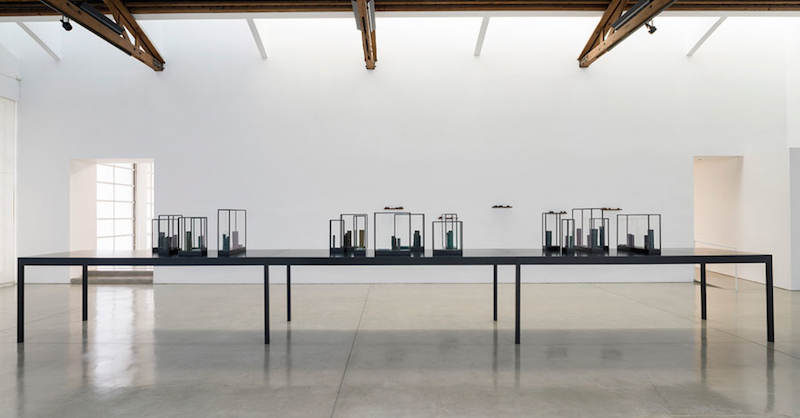
De Waal’s latest book springs from this fascination with porcelain, which is a notoriously difficult material for ceramists to master. The White Road: Journey into an Obsession (2015) traces the historical evolution of porcelain from its origin in Jingdezhen, China, through developments in Venice, Versailles, Dresden, Cornwall, and the Cherokee Country of South Carolina.
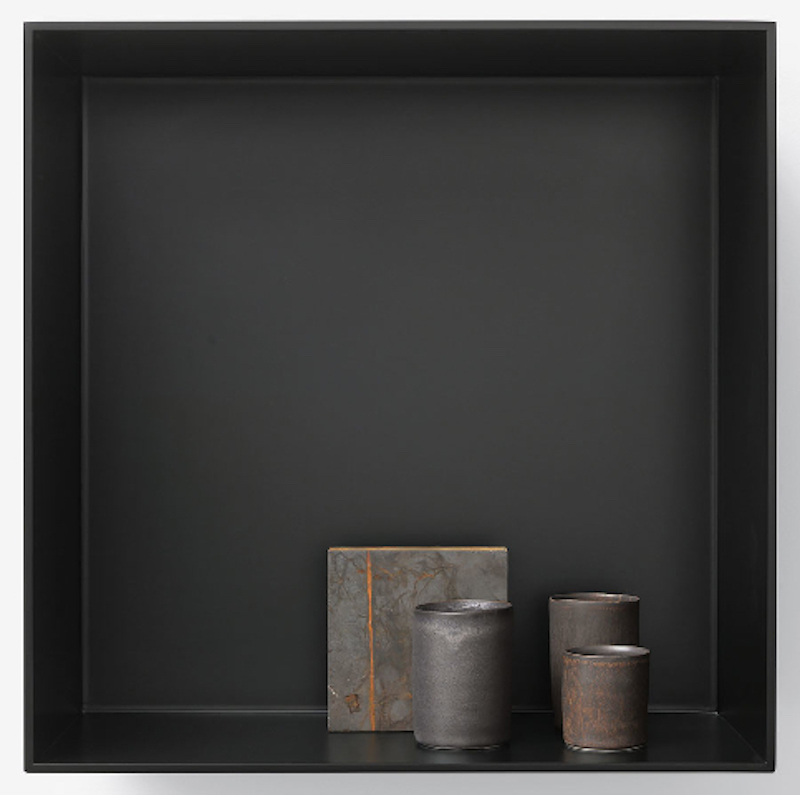
Gagosian Gallery // 456 N. Camden Drive, Beverly Hills Tuesday–Saturday, 10 am-6 pm.
LACMA // 5905 Wilshire Boulevard, Los Angeles CA 90036
USC Pacific Asia Museum// 46 North Los Robles Avenue, Pasadena CA 91101
Written by Stacey Ravel Abarbanel

